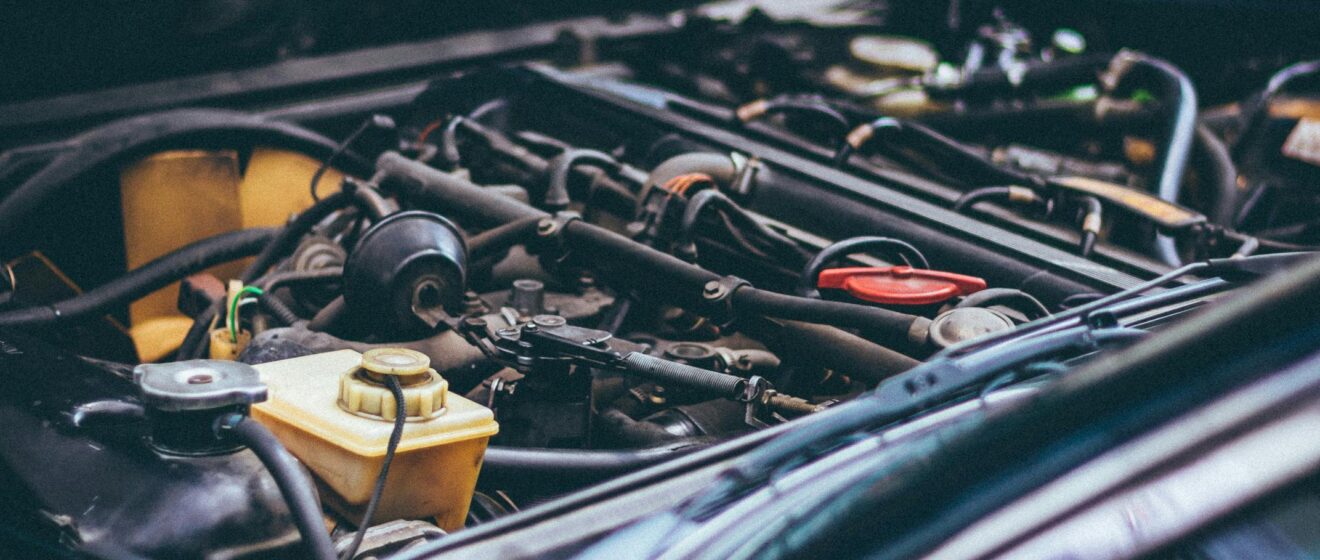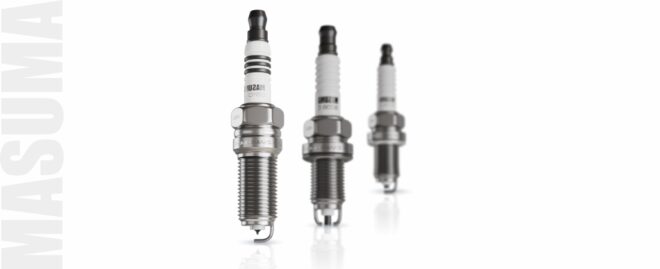How These Two Engine Components Affect Each Other More Than You Think
From an automotive engineering standpoint, these two components occupy different realms—one lubricates the rotating assembly, the other ignites the air-fuel mixture. But their relationship is far more interconnected than most drivers realize. Here’s the complete story of how they affect each other:
1. When Oil Gets Where It Shouldn’t
When oil sneaks past worn piston rings, valve stem seals, or through PCV system failures, it enters the combustion chamber and fouls your spark plugs. Think of it as your spark plug trying to fire through mud. This creates:
- Carbon and oil deposits on electrodes that reduce spark intensity
- Insulator tip glazing that prevents proper heat dissipation
- Hard starts, rough idling, and misfires
- Black, sooty plug tips
- Increased fuel consumption and hydrocarbon emissions
Technical term: Oil fouling. The plug tries to arc through conductive oil residue—essentially shorting out the spark path.
2. Why Viscosity Matters More Than You Think
Using the wrong oil viscosity (for example, 20W-50 in an engine designed for 0W-20) causes a cascade of problems:
- Poor cold-start lubrication leads to increased ring and cylinder wear
- Excessive oil film thickness means more oil gets pulled past rings during high vacuum conditions
- Higher oil temperatures accelerate oil degradation
3. Oil Quality = Cleaner Combustion
High-quality oils with robust detergent and dispersant packages keep combustion byproducts suspended. Poor or old, dirty oil contributes to:
- Varnish and carbon deposits on piston crowns and valves
- Crown land coking that traps oil, increasing consumption
- Spark plug insulator deposits that reduce insulation resistance
Carbon deposits cling to spark plugs like burnt nyama choma grease on a grill. Technically, we call it lacquer formation from oxidized oil. It weakens spark performance and reduces plug life dramatically.
4. The Role of Oil Additives
Modern oils use low-SAPS (Sulfated Ash, Phosphorus, Sulfur) formulations to minimize:
- Ash bridging on spark plug electrodes
- Pre-ignition from glowing deposits
- Catalyst and O2 sensor poisoning (a downstream effect)
5. Oil Consumption Tells a Story
Spark plug appearance is a window into your engine’s health. Modern technicians use plug reading alongside compression and leak-down tests to diagnose internal wear:
- Wet, oily plugs → Piston ring or valve seal wear
- Ash-white deposits → Oil burning, possible coolant intrusion
- Black, sooty deposits → Rich fuel mixture or poor combustion
- Tan or light brown insulator → Healthy combustion (this is what you want!)
If your spark plugs show unusual deposits, your engine might be burning oil. That’s an early warning sign that the engine internals need attention, not just a plug change.
Bottom Line: Technically Sound Advice
- Correct oil viscosity and specification = reduced oil consumption = cleaner plugs
- Quality base stocks and additive packages = minimal deposits and longer plug life
- Regular oil changes = fewer combustion contaminants
Great oil choices = happy, long-lasting spark plugs. Wrong or worn-out oil = spark plugs that cry and retire early.
Fresh oil keeps the engine smooth and clean. Clean combustion gives your spark plugs clear skies to send lightning bolts. Treat both well, and your engine will reward you with smooth power, strong fuel economy, and fewer surprise garage visits.
What’s Your Setup?
Share your vehicle model and the oil you’re using in the comments. Let’s see if your spark plugs are living their best life! 🔧




